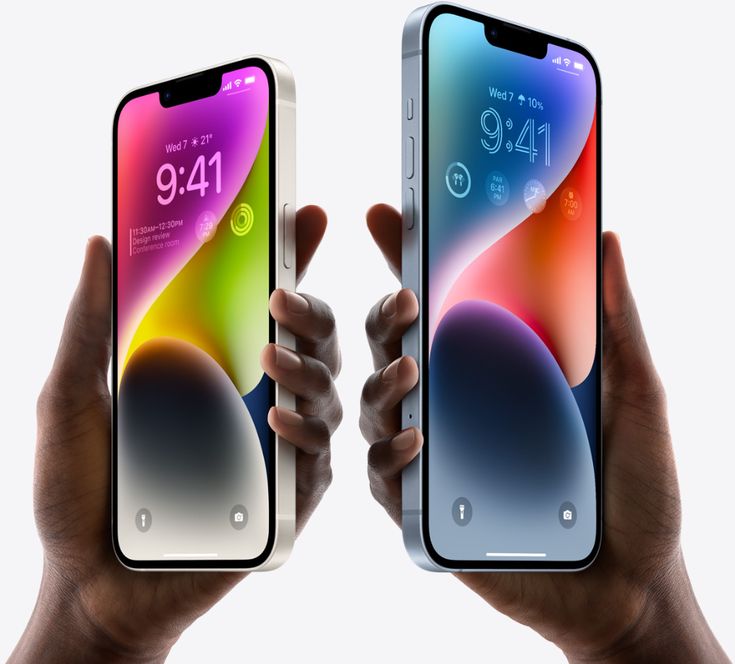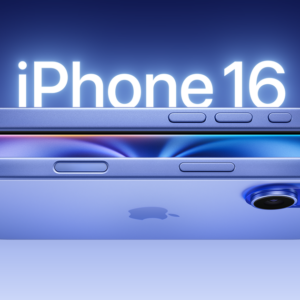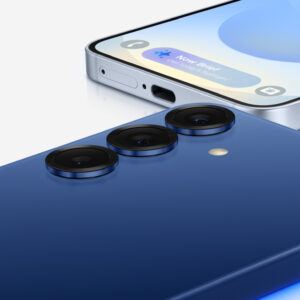Smartphones have become an essential part of our daily lives, and with so many options available, choosing the right one can feel overwhelming. Whether you’re upgrading from an older model, switching to a different brand, or buying your first smartphone, it’s important to consider factors that align with your needs, lifestyle, and budget.
In this blog, we’ll explore key features and considerations that can help you choose the best smartphone for you.
1. Define Your Budget
The first step in choosing a smartphone is setting a budget. Smartphones come in various price ranges, from budget models under $200 to premium devices costing upwards of $1,000. Understanding your budget will narrow down your options and help you prioritize the features that matter most to you.
- Budget Phones (Under $300): These phones provide essential features without breaking the bank. You may have to sacrifice a bit in terms of processing power, camera quality, and display resolution, but they are perfect for light users who need basic functionality like calls, texting, social media, and browsing.
- Mid-Range Phones ($300–$600): If you’re looking for a better camera, faster performance, and a more premium design, the mid-range category has many excellent options. These phones typically have good displays, decent cameras, and solid processors.
- Flagship Phones ($600 and up): For those who want the latest technology, top-of-the-line performance, and premium features, flagship phones are the way to go. These models offer high-quality displays, advanced cameras, long-lasting battery life, and faster processors.
2. Consider the Operating System: iOS vs. Android
Choosing between iOS (Apple) and Android (Google) depends on your personal preference, as both have their unique features and advantages.
- iOS (Apple): iPhones run on Apple’s iOS, known for its sleek user interface, intuitive design, and seamless integration with other Apple devices (MacBook, iPad, Apple Watch). iOS offers a more controlled app ecosystem, ensuring higher app quality and security. If you are already using Apple devices, the iPhone will offer a great interconnected experience.
- Android: Android phones are made by a wide variety of manufacturers, including Samsung, Google, OnePlus, and Xiaomi. Android is known for its flexibility, customization options, and a broader range of devices at various price points. Android offers more freedom with apps, widgets, and settings, and if you like to tweak your device or customize its appearance, Android might be a better choice.
3. Camera Quality
If photography is important to you, choosing the right smartphone camera is crucial. While budget phones may have decent cameras, premium devices often come equipped with advanced camera systems that excel in low light, zoom capabilities, and detail capture.
Look for phones with:
- Multiple Camera Lenses: Many phones now offer wide, ultra-wide, and telephoto lenses, which give you more flexibility in shooting photos.
- High Megapixel Count: While megapixels alone don’t determine camera quality, a higher megapixel count allows for better detail and larger image sizes.
- Night Mode and Low-Light Performance: Great for capturing photos in darker environments without compromising quality.
- Video Recording: Consider phones that offer high-quality video recording, such as 4K video support, slow-motion, and stabilizing technology.
4. Battery Life
A phone with poor battery life can quickly become frustrating, especially when you rely on your device for work or entertainment. Look for a phone with a long-lasting battery that can get you through a full day of usage.
- Battery Capacity: Battery capacity is measured in milliampere-hours (mAh). Phones with a larger battery (4,000 mAh or more) typically last longer. However, battery life also depends on factors like processor efficiency and screen resolution.
- Fast Charging: Many modern smartphones offer fast-charging features, so you can quickly recharge when your battery gets low.
5. Display Quality
Your phone’s display is one of the most important aspects of your user experience. A high-quality screen enhances everything from watching videos to browsing social media. Here are some things to consider when evaluating a phone’s display:
- Screen Size: Choose a screen size that fits your preference. Larger screens (6 inches or more) are great for media consumption, gaming, and multitasking, but may not be ideal for one-handed use.
- Resolution: A higher screen resolution provides better image clarity. Full HD (1080p) is standard for most smartphones, but premium models offer Quad HD (1440p) or even 4K resolution.
- Display Technology: AMOLED and OLED screens offer vibrant colors, deep blacks, and better contrast than LCDs, making them ideal for watching videos or playing games.
6. Processing Power and Performance
If you’re into mobile gaming, multitasking, or using resource-intensive apps, you’ll need a phone with solid performance. The processor (or chipset) plays a big role in how smooth your phone runs.
- Flagship phones often feature the latest chipsets, like Apple’s A15 or A16 Bionic chips or Qualcomm’s Snapdragon 8-series, which can handle demanding tasks with ease.
- Mid-range phones feature chips like the Snapdragon 7-series or MediaTek Dimensity, which provide good performance but may struggle with high-end games and apps.
- Budget phones generally have less powerful processors, but they are still capable of handling basic tasks like social media, email, and web browsing.
7. Storage and Expandability
Consider how much storage you need based on how many apps, photos, videos, and files you plan to store on your phone. Many smartphones offer different storage options, ranging from 64GB to 512GB or more.
- Expandable Storage: Some Android phones allow you to add extra storage via a microSD card, which is great if you want to keep more files on your phone without worrying about running out of space.
- Cloud Storage: Both iOS and Android offer cloud services like iCloud and Google Drive, which can help you store files and media online, freeing up space on your device.
8. Additional Features to Consider
- 5G Connectivity: If you want faster download and streaming speeds, look for a phone that supports 5G.
- Water Resistance: If you’re prone to dropping your phone in water, a water-resistant device (IP67 or IP68 rating) may be worth the investment.
- Fingerprint or Face Unlock: For added security and convenience, many phones offer biometric authentication options, such as facial recognition or fingerprint sensors.
Conclusion: Choose What Works Best for You
Ultimately, the best smartphone for you depends on your personal needs and preferences. If you need a phone primarily for photography, the latest flagship phones with top-tier cameras will be your best bet. If you’re budget-conscious but want good performance, there are plenty of mid-range options available.
Consider your priorities—be it battery life, camera quality, or processing power—when making a decision. Do your research, compare options, and choose a device that fits your lifestyle and budget.
Whether you’re an iOS or Android fan, there’s a perfect smartphone out there waiting for you!


